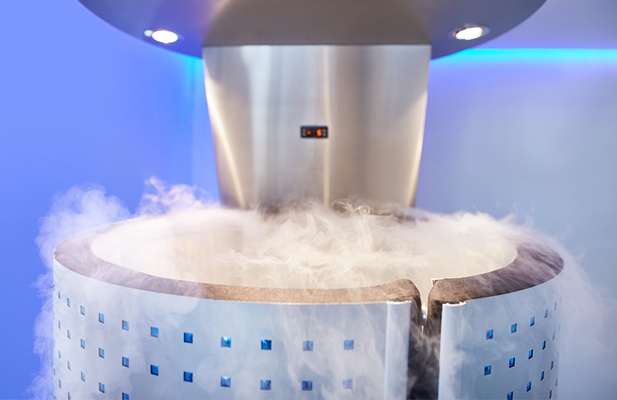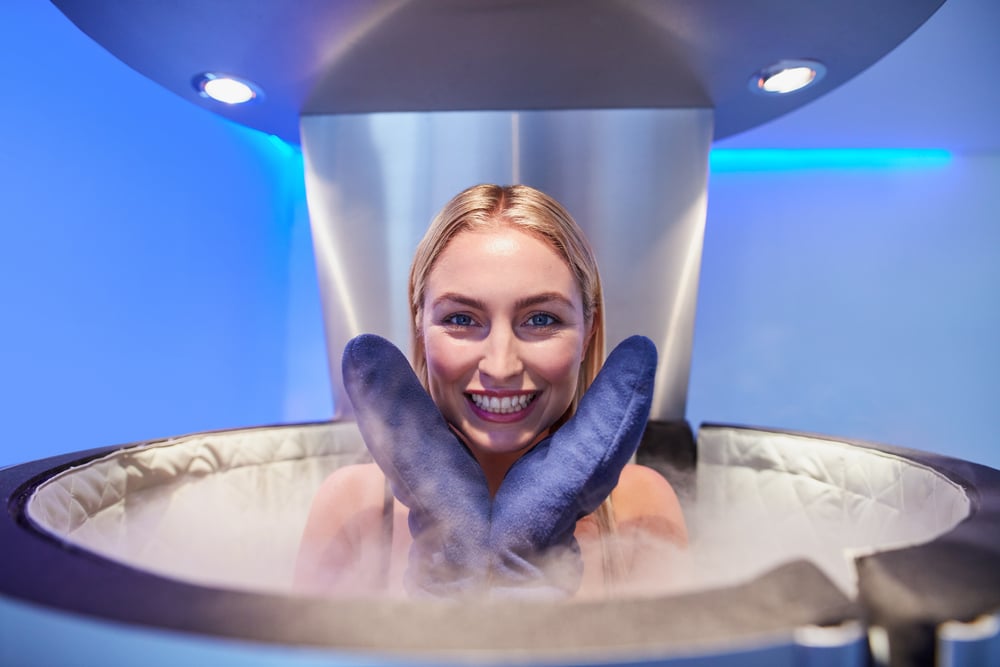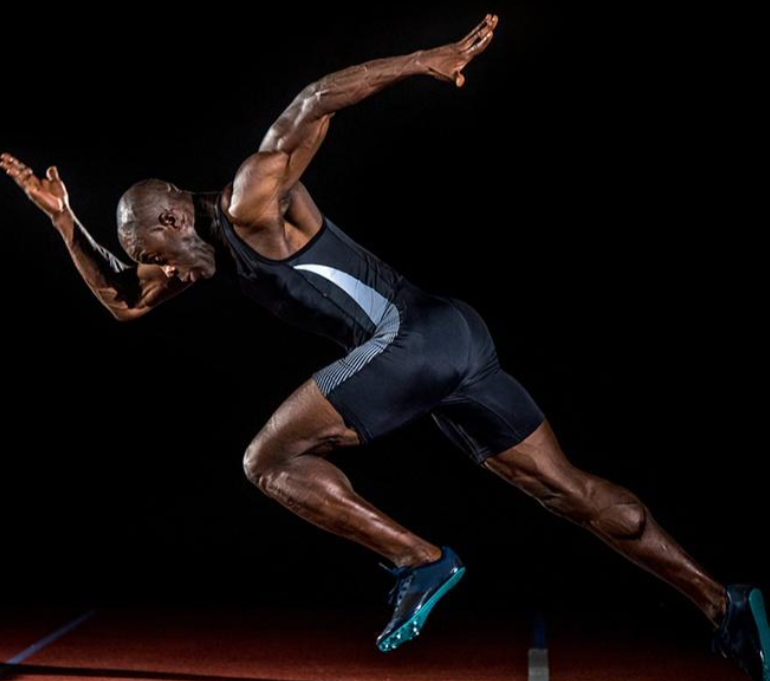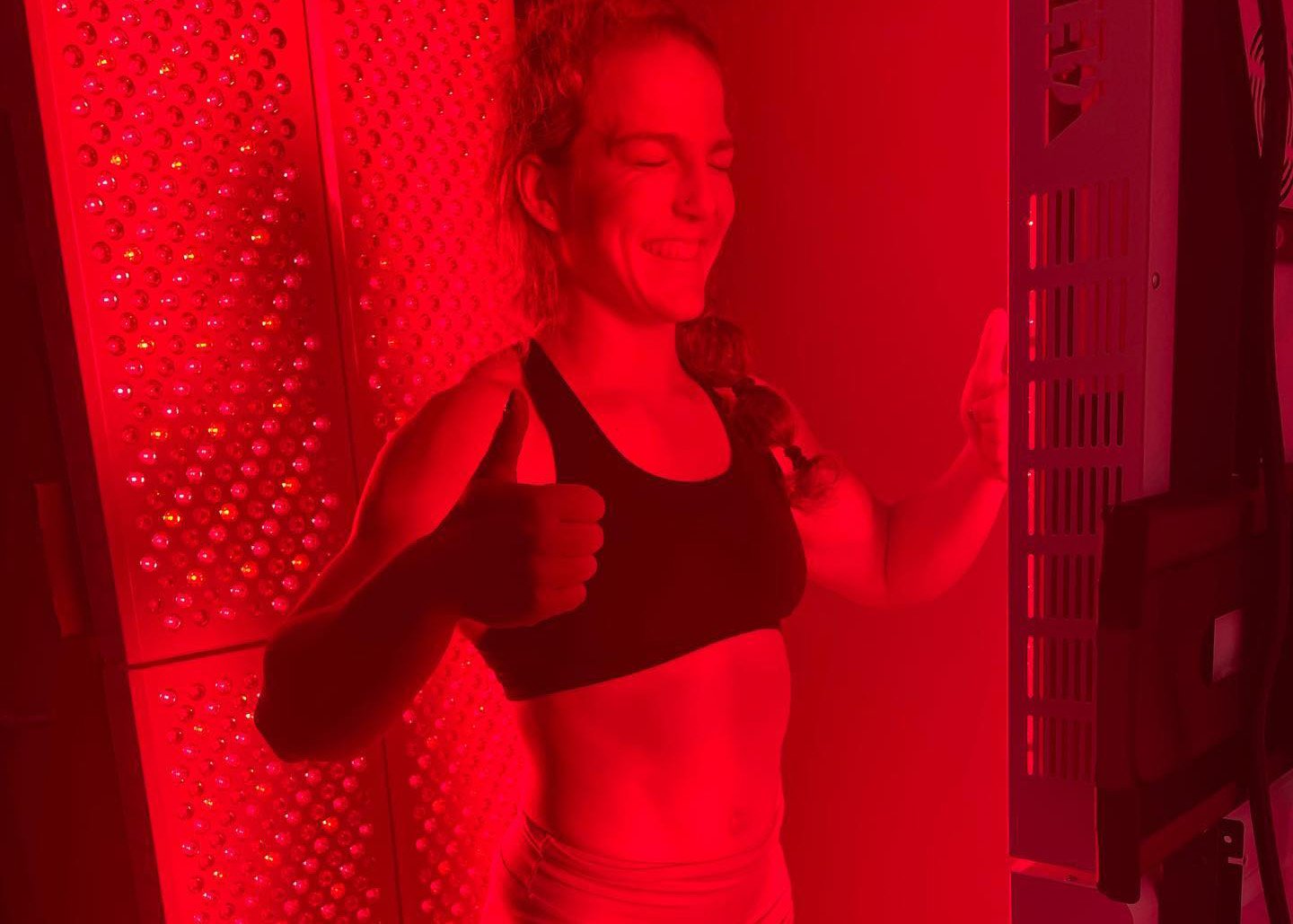
Cryotherapy is steadily increasing in popularity in America, and it's becoming a feature of state-of-the-art spas and fitness facilities. With the growing buzz, several myths and inconsistencies have started to pop up, so here is the truth about some common myths about cryotherapy:
Myth: Cryotherapy is a fad.
While whole-body cryosaunas are new technology that is catching on everywhere, cryotherapy isn't new. We have used extreme cold as part of medicine for centuries, including putting ice on injuries, “freezing off” moles and warts, and using contrast baths and showers after physical exercise. Cryotherapy simply uses modern technology to harness this ancient wisdom.
Myth: Cryotherapy is only for professional athletes.
While the fact that elite athletes and famous coaches use this method to enhance performance has certainly increased the visibility of cryotherapy, the truth is that every strenuous workout causes tiny injuries to muscle and tissues, and all vigorous workouts cause a buildup of lactic acid in the muscles. Because cryotherapy speeds healing of tissues and removal of waste, it's helpful for fitness recovery at every level.
Myth: Cryotherapy is painful.
The extreme cold of a modern cryosauna lasts for only 2-3 minutes. The shortness of the treatment doesn't allow the cold to penetrate deeply, and is usually experienced as an exhilarating rush or shock rather than pain.
Myth: Cryotherapy is unsafe. While a cryotherapy treatment lowers skin temperature to 30-50 degrees, the cold doesn't have time to deeply penetrate the skin. There is no risk of frostbite or lowered core temperature. In contrast, ice baths, which have been part of medical treatments and athletic regimens for decades, carry risk of lowered core temperature and hypothermia due to the prolonged exposure to extreme cold.
Myth: Cryotherapy is unproven.
While some of the benefits of cryotherapy are anecdotal and unstudied, including that it promotes hair and fingernail growth, and certainly more studies are needed, there are a variety of proven benefits of cryotherapy. In a review of the existing literature, a study found demonstrated improvements in post-workout recovery and muscle soreness, as well as enhancing antioxidant capacity and altering inflammatory pathways. Because widespread use of cryosaunas are so new (with widespread non-medical access dating back to only the beginning of 2016), there are only a handful of studies conducted to date, using very small numbers of people, with sometimes conflicting results. However, these technologies arose in Japan in the 70s, quickly spread to Europe, and have only lately become popular in America. The sheer numbers of cryosaunas and long-term world-wide adoption in sports and medicine indicates that these treatments are safe and effective.
It's important that more scientific research of cryotherapy be done, not so that we can determine whether it works, but so that we can better understand how and why it works. Greater knowledge of how the body specifically reacts to extreme cold, and how the systemic response reduces pain and aids recovery will benefit multiple areas of medical research and physical health. In the meantime, we can safely put many misconceptions to rest and enjoy the benefits of this safe and effective treatment.









